August 23, 2025 | 18:19 GMT +7
August 23, 2025 | 18:19 GMT +7
Hotline: 0913.378.918
August 23, 2025 | 18:19 GMT +7
Hotline: 0913.378.918
The merger of Hai Duong province and Hai Phong city is more than just a change in administrative boundaries. For the economy, especially the agricultural sector, it is a strategic combination that promises to form a new powerhouse on Vietnam's agricultural export map.
It is the union of the Red River Delta's most abundant "agricultural product granary" and the nation's leading logistics seaport, igniting the aspiration to bring agricultural products from the Northern coastal region to the global market more vigorously and methodically than ever before. That vision and aspiration are not only embedded in macro-level plans but are also being realized by a new generation of agricultural entrepreneurs, who are the most agile in seizing this historic opportunity.
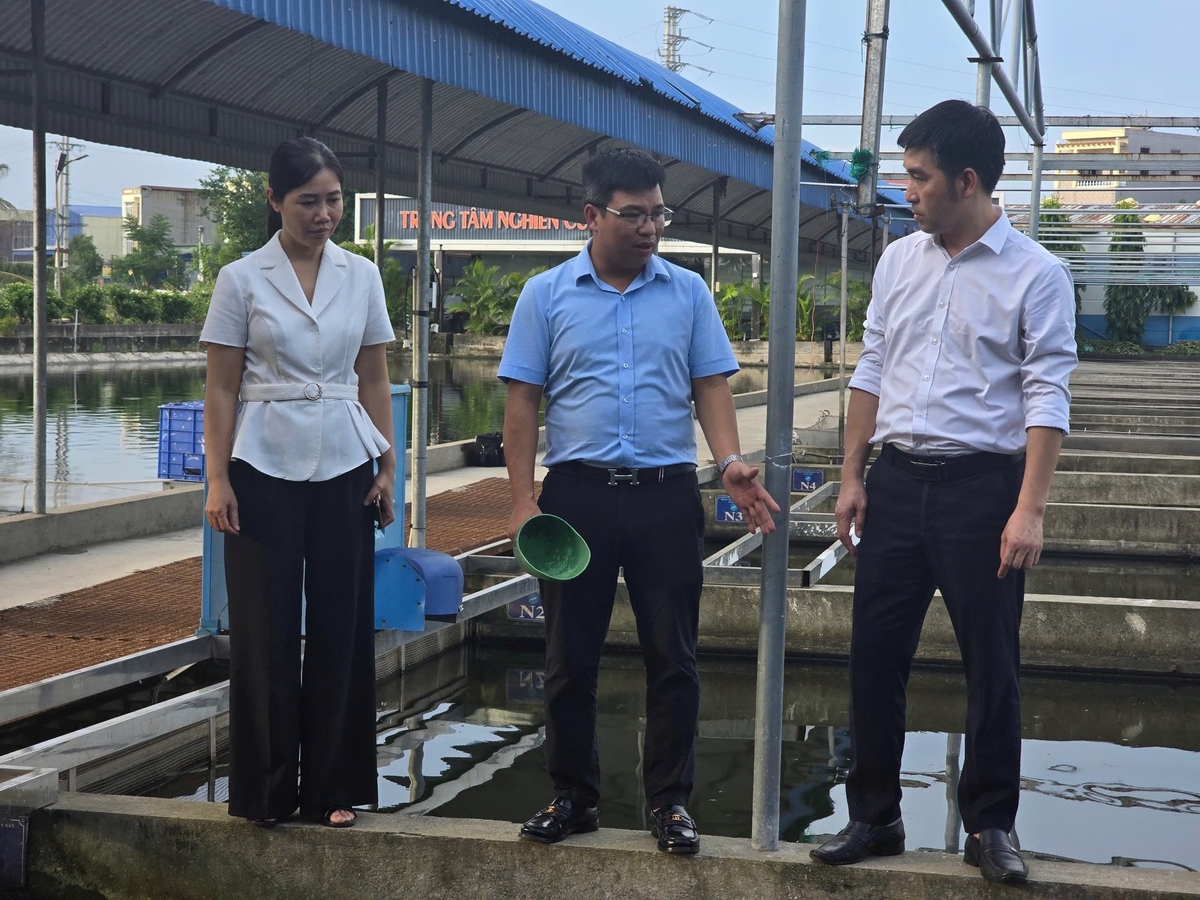
Mr. Le Van Viet, Director of Xuyen Viet Cooperative, introduces the unit's special tilapia farming model to officials from the Hai Phong Department of Agriculture and Environment. Photo: Dinh Muoi.
For decades, one of the persistent bottlenecks of Northern agriculture has been the disconnect between production areas and export gateways. Produce from major granaries such as Hai Duong, Hung Yen, and Thai Binh had to endure a costly and time-consuming transport journey before reaching global markets, increasing expenses and reducing competitiveness. The merger has effectively removed this critical bottleneck.
Mr. Ho Viet Hoan, Director of Hoang Nam Phat Cooperative, an enterprise with many years of experience in exporting agricultural products, described the merger as a "perfect combination." "The merger of Hai Duong and Hai Phong is an extremely strategic and right step," Mr. Hoan affirmed.
His assessment is not based on sentiment but on deep economic logic. Hai Phong holds an absolute advantage with its seaport location, serving as the country's largest import–export gateway. Meanwhile, Hai Duong is an "agricultural workshop" with strong large-scale production capacity. When these two localities join forces, they will create distinctive advantages and highly competitive products in the future.
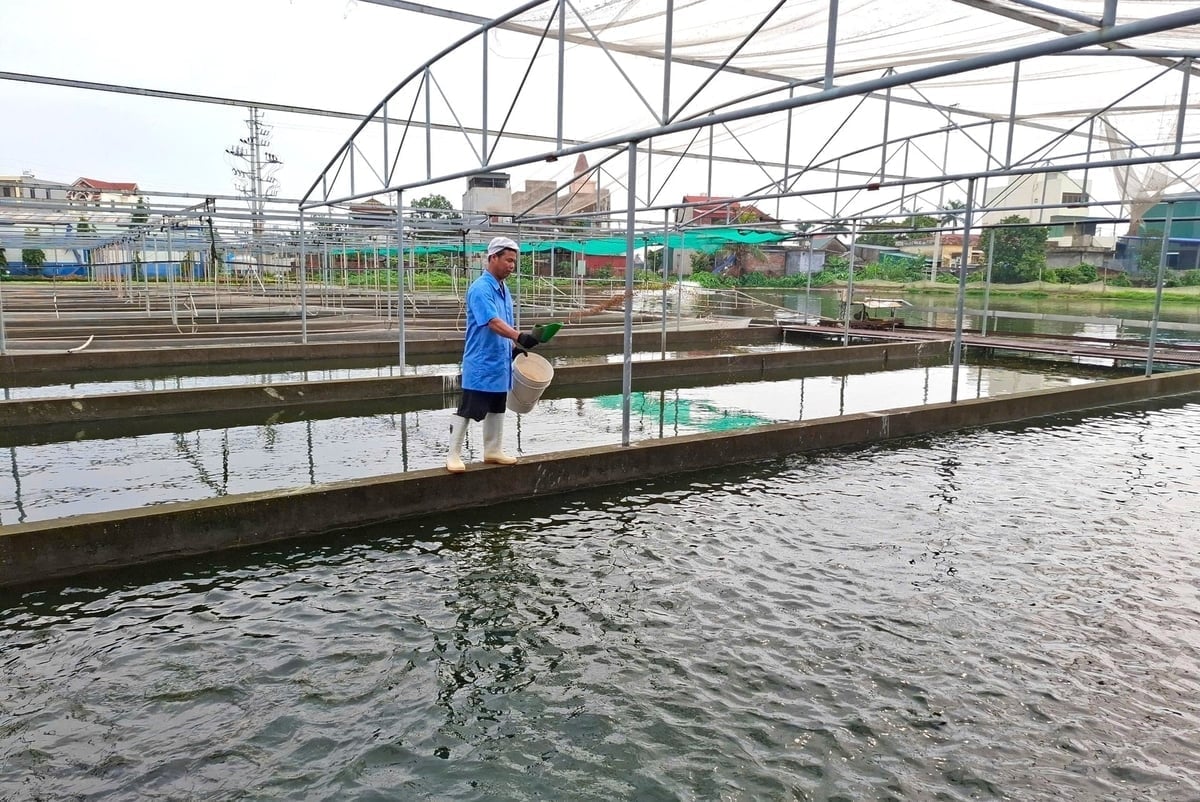
Xuyen Viet Cooperative's tilapia are raised and consumed in a closed chain, from farming to consumption. Photo: Trung Quan.
Sharing the same view, Mr. Le Van Viet, Chairman of Xuyen Viet Cooperative, one of the nation's leading high-tech aquaculture units, called it a "strategic complementarity." "Previously, a container of tilapia fillets from Hai Duong to the European market had to undergo a complex logistics journey. Now, with raw material areas and the seaport under one jurisdiction, the supply chain is significantly shortened," he said.
Containers of fresh carrots, onions, and garlic from the fertile fields of (former) Hai Duong only take a few hours to reach Lach Huyen deep-water port, ready to be loaded onto vessels bound directly for Japan, South Korea, or Europe. Lower transport costs and shorter delivery times mean better preservation of product quality and more competitive prices. This is precisely the strategic advantage that this union brings.
Moreover, Mr. Viet envisions a deep synergy at the macro level. High-tech agriculture that ensures abundant and safe food supplies will serve as a solid "social security base," giving industrial investors confidence in this new land. Conversely, the development of industrial zones will generate a vast and promising domestic consumption market.
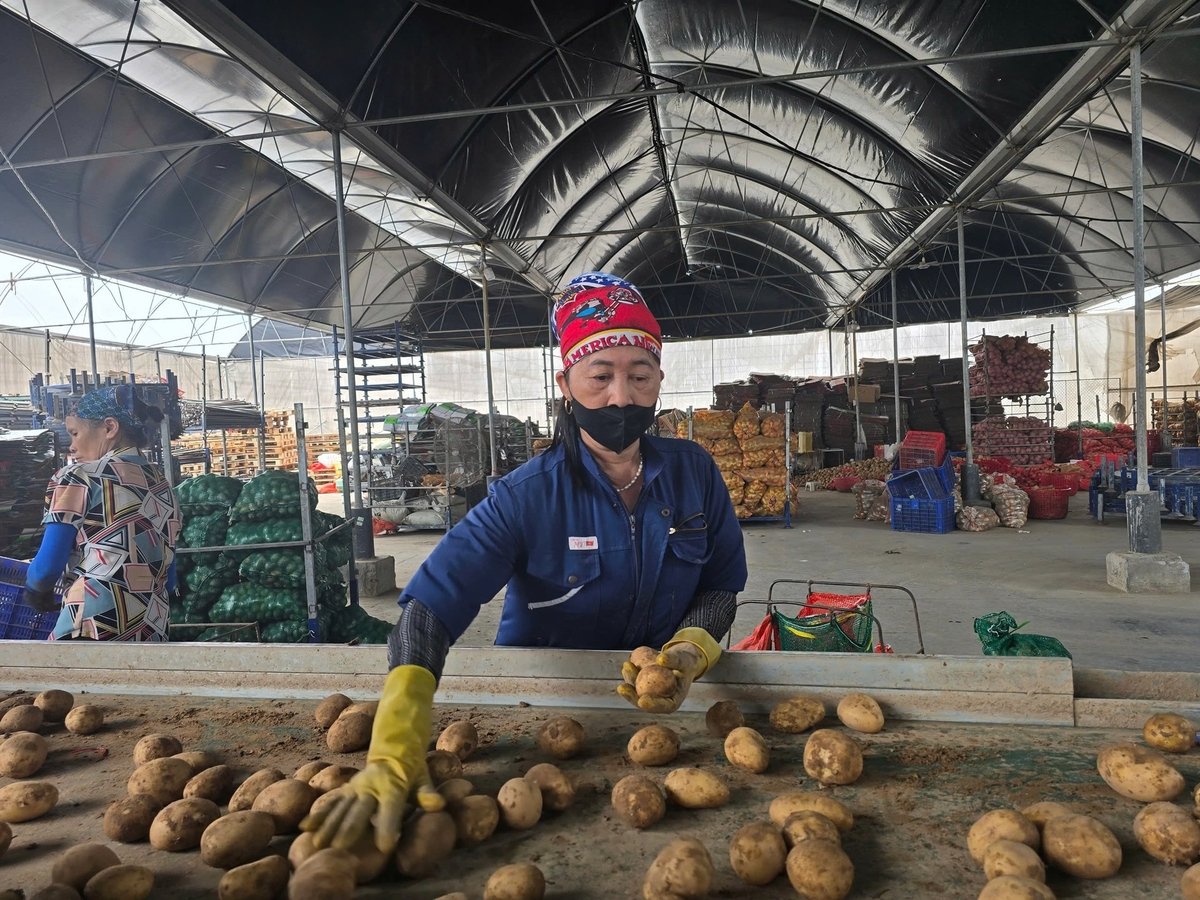
Agricultural products being sorted at Hoang Nam Phat Cooperative. Photo: Dinh Muoi.
"It is industrial development itself that drives demand for agricultural products, creating a localized supply chain that does not necessarily depend on the global chain. This reassures industrial investors about food sources, establishes a balanced framework, and supports sustainable industrial growth," shared the Chairman of Xuyen Viet Cooperative.
The insights of these two leading agribusinessmen in agricultural exports in Hai Phong highlight that the merger is not merely a mechanical sum of land area and population. It is a strategic restructuring that establishes a harmonious agro-industrial development model, where the two economic pillars do not compete but instead support each other.
Logistics and market advantages are only necessary conditions. To realize the export ambition, the sufficient condition must be product quality. International markets set exceptionally strict rules, requiring a chain of rigorous standards on food safety, traceability, and packaging specifications.
Fully aware of this, pioneering enterprises such as Hoang Nam Phat Cooperative are leading a genuine revolution starting right from the fields. "To deliver products of high quality and standards that meet export requirements, we must build and tightly control the entire process," Mr. Hoan explained.
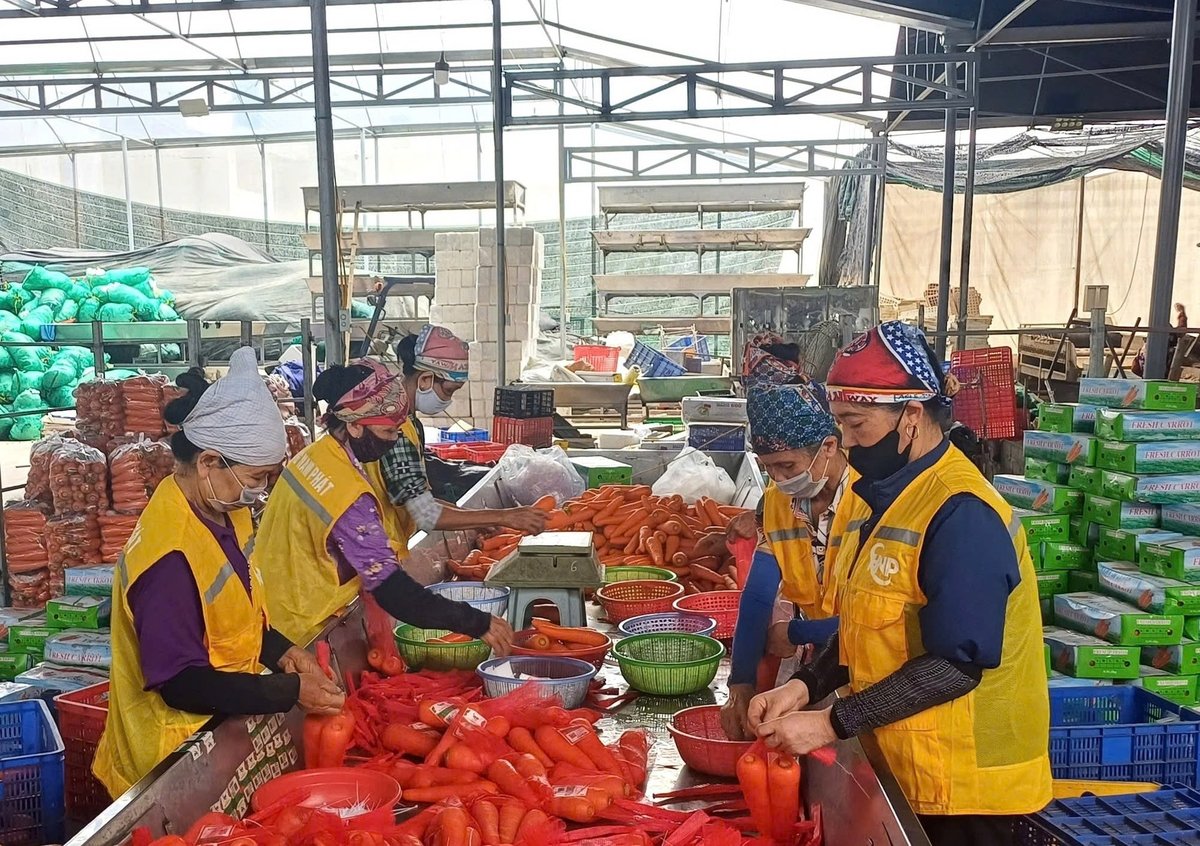
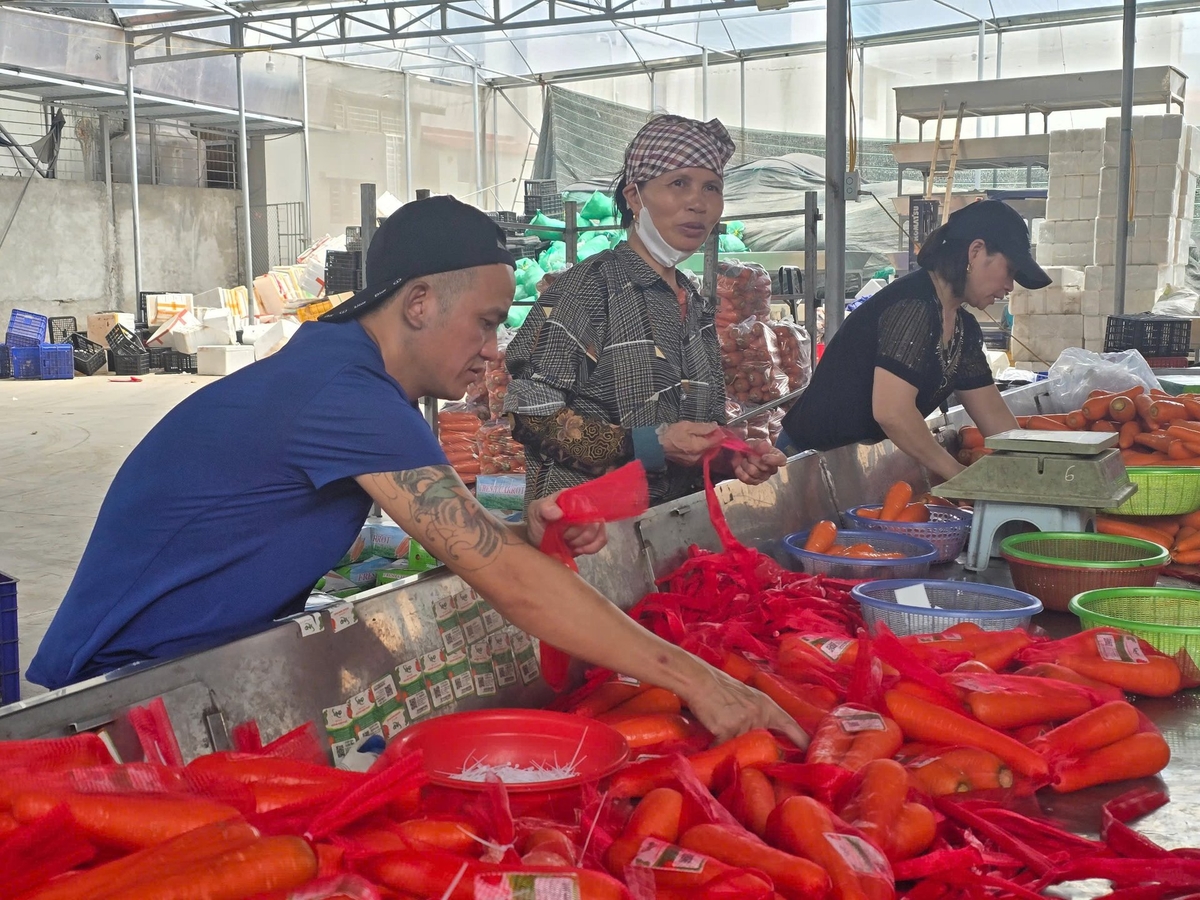
International markets require a chain of rigorous standards on food safety, traceability, and packaging specifications. Photo: Dinh Muoi.
That revolution begins with the most fundamental steps: soil management, seed selection, and the application of advanced farming processes. It marks a shift from an agricultural production mindset (producing goods) to an agricultural economy mindset (producing what the market needs). Compliance with safe production procedures such as VietGAP and GlobalGAP is no longer optional but mandatory.
"International market standards are extremely strict. Products must be free of pesticide and insecticide residues and must meet the exact size, specifications, and quality required by customers," Mr. Hoan emphasized.
To meet these stringent requirements, enterprises must invest methodically in the post-harvest stage. Hoang Nam Phat Cooperative has planned to build warehouses, processing lines, and pre-processing and packaging facilities that meet international partners' standards and specifications. This remains a weak link for many localities, yet it is the decisive factor in determining the added value of agricultural products.
Moreover, global trends in sustainable development are being embraced by enterprises. This is a wise business strategy, as consumers in developed markets today are not merely buying a product but are buying a story of green agriculture that is environmentally and socially responsible. "We are also building linkages with cooperatives and large-scale farming households to create circular, ecosystem-based product values," Mr. Hoan added.
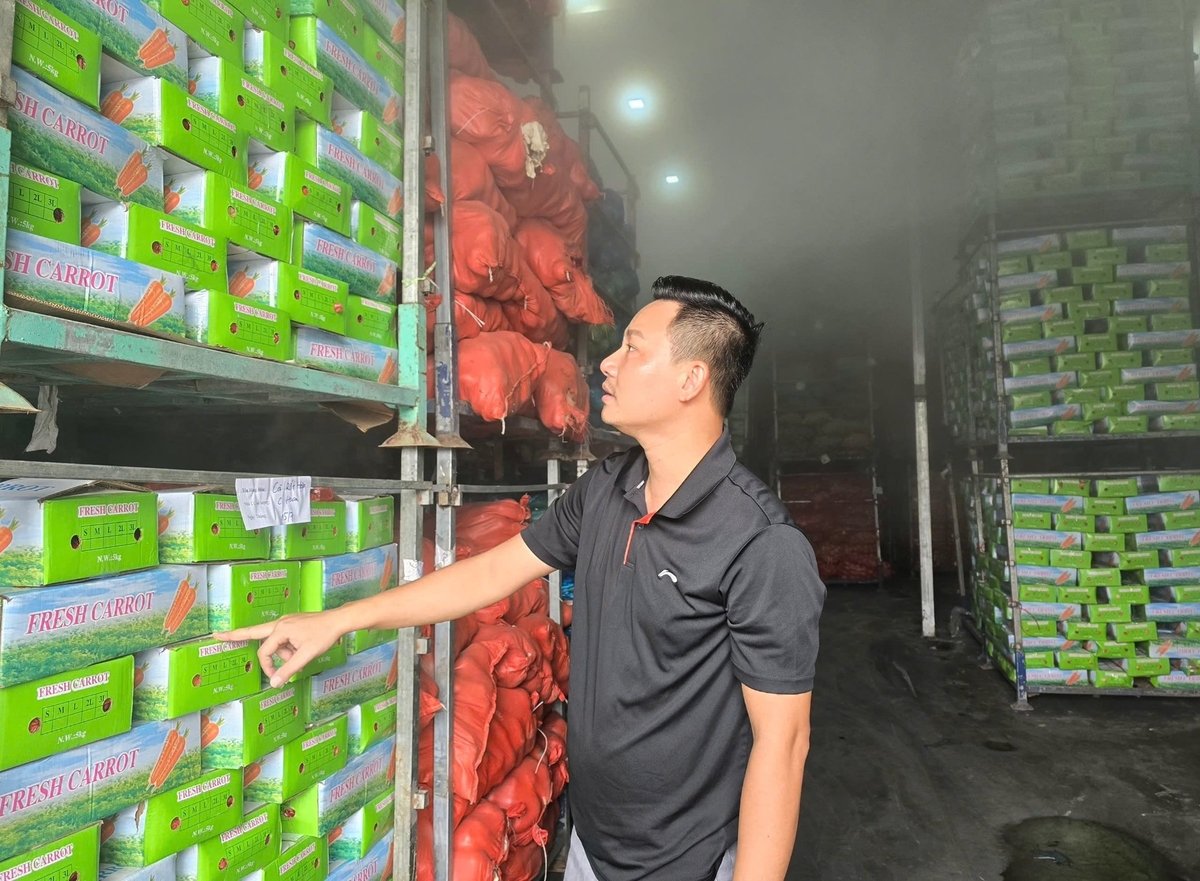
Mr. Ho Viet Hoan, Director of Hoang Nam Phat Cooperative, inspects exported carrot boxes inside a cold storage facility. Photo: Dinh Muoi.
It is evident that the merger of Hai Phong and Hai Duong has unlocked a golden opportunity to restructure and elevate the agriculture of the entire Northern coastal region. However, turning aspiration into reality requires synchronous efforts from all sides. On the part of the new megacity's government, there must be a comprehensive, unified master plan that seamlessly connects production areas with logistics infrastructure. Breakthrough policies are needed to attract major investors into deep processing, post-harvest preservation, and agricultural logistics.
For enterprises and farmers, a shift in mindset needs to be continued, viewing compliance with international standards as a survival pathway. They must also be bolder in applying technology and building production linkages to establish raw material areas that are large enough and of sufficient quality.
Translated by Thu Huyen
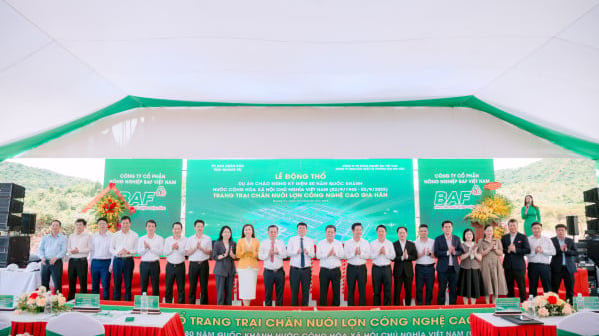
(VAN) On August 19, 2025, BAF Vietnam Agricultural Joint Stock Company (HOSE: BAF) successfully held the groundbreaking ceremony for the Gia Han high-tech pig farming farm.
/2025/08/19/3939-5-183454_678.jpg)
(VAN) Surpassing many international 'big guys,' Vinamilk has been honored by Brand Finance as the world's most promising dairy brand. What has helped this brand create the miracle?
/2025/08/18/5525-3-194703_724.jpg)
(VAN) The RAS-IMTA recirculating shrimp farming model helps Ca Mau improve productivity, reduce emissions, protect the environment, meet export standards, and move toward a sustainable green fisheries industry.

(VAN) Nafoods Group has joined forces with the Dutch Entrepreneurial Development Bank to boost production, embrace new technologies, and advance sustainable farming.
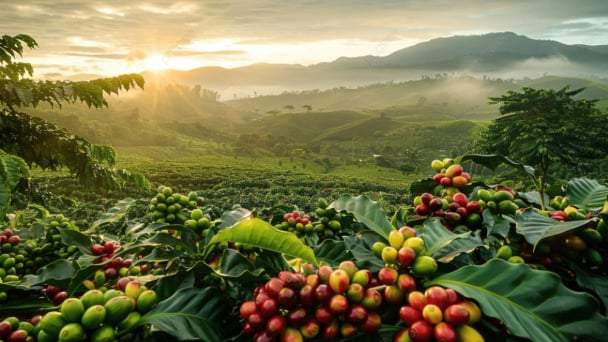
(VAN) Vinacafe is accelerating the adoption of science, technology, and digital transformation to drive a green transition, enhance quality, and meet the demands of the new era.
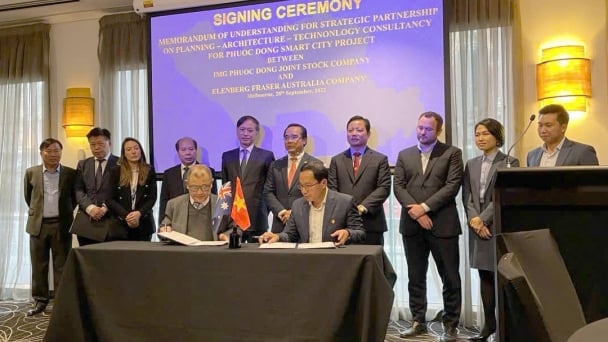
(VAN) Through programs aimed at showcasing Tay Ninh’s dynamic, transparent, and high-potential investment environment and policies to the Australian business community.